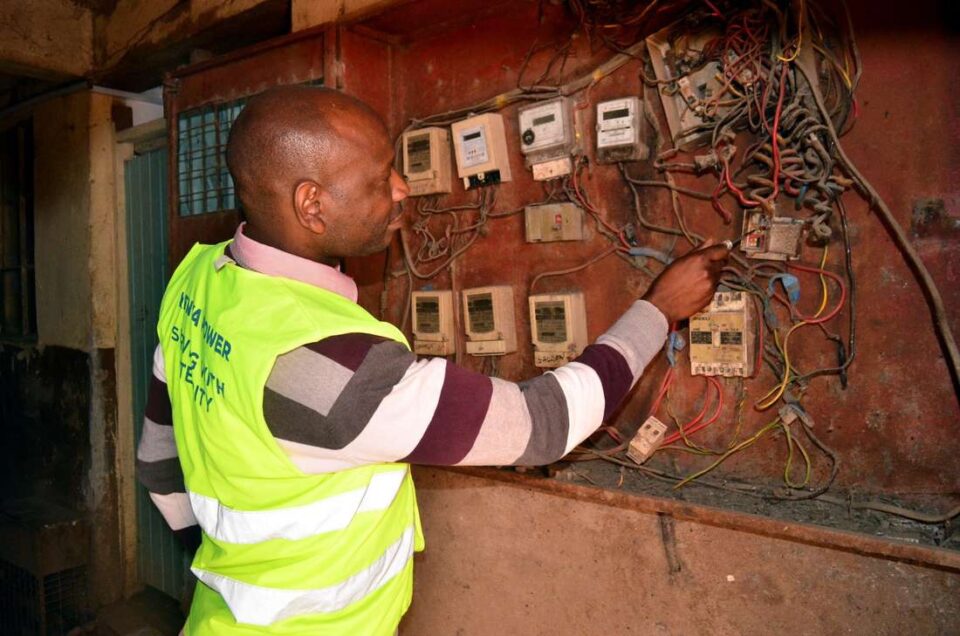IN SUMMARY
- Consumers now receive payment statements via their phones showing costs and units purchased and lumps together other charges like the monthly variable items like fuel and foreign exchange adjustments expenses.
- Without details of fuel costs charge, consumers are unable to gauge how the use of expensive thermal electricity on the national grid is affecting electricity prices.
Kenya Power has stopped providing pre-paid consumers with a breakdown of their electricity bills, denying households an opportunity to interrogate their payment statement.
Consumers now receive payment statements via their phones showing costs and units purchased and lumps together other charges like the monthly variable items like fuel and foreign exchange adjustments expenses.
This makes it difficult for consumers to establish whether the costing on their bills matches the unit prices for various items like tax, regulatory levies and other surcharges with data published monthly in the Kenya Gazette by the Energy and Petroleum Regulatory Authority (Epra).
Previously, the utility provided details on payment of value-added tax, Epra levy, inflation adjustment, water regulator fees as well as foreign exchange and fuel adjustment surcharges.
Now, these charges have been lumped together and appear as other charged in payment statements sent to the mobile phones of more than six million of Kenya Power consumers hooked to the pre-paid billing systems.
A wobbly shilling and heavy reliance on diesel-powered generators to produce electricity, due to low water levels in the country’s hydro-electric dams, have been blamed for the rise in fuel surcharge and forex adjustment costs.
A weak shilling means fuel import costs have been rising.
Without details of fuel costs charge, consumers are unable to gauge how the use of expensive thermal electricity on the national grid is affecting electricity prices.
Kenya Power was recently on the spot for giving preference to expensive thermal power over cheaper options such as geothermal and hydro, effectively setting up consumers for higher electricity prices.
September data by the Epra, the energy regulator, revealed that Kenya Power had picked the highest proportion of the expensive thermal power in more than a year while reserving the lowest slot for the cheaper geothermal power.
As a result, consumers paid a higher fuel cost charge — which is influenced by the share of electricity from diesel generators — of Sh2.6 per kilowatt-hour (kWh), up from the Sh2.4 since May 2020.
KenGen which had a reduced output from geothermal said it had given Kenya Power some 499.7 megawatts, but only 410.3 megawatts was taken up leaving 89.4 megawatts of geothermal power unused.
The new bills will also not reveal how much consumers will be paying to fund Epra not long after the ministry successfully pushed to have the levy doubled to a ceiling of one per cent and not the Sh0.3 cents per unit purchased.
During the rainy season, consumers also use the detailed bills to gauge the relief brought by increased supply from hydro — the cheapest energy source that retails at an average of Sh3.23 per unit.
There's no story that cannot be told. We cover the stories that others don't want to be told, we bring you all the news you need. If you have tips, exposes or any story you need to be told bluntly and all queries write to us [email protected] also find us on Telegram

